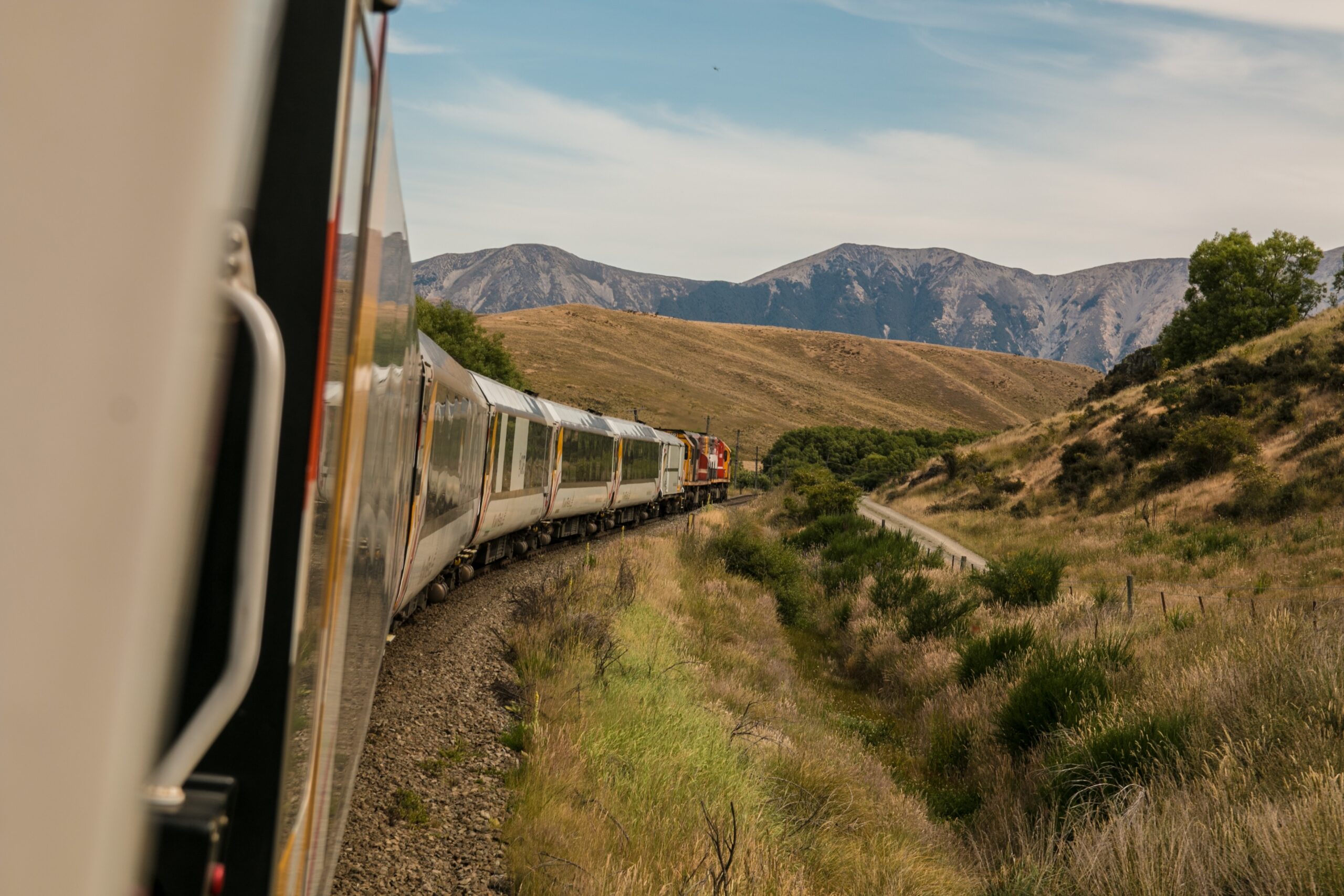What is “slow travel” and why you should try it
Imagine taking a train or bus instead of a train. Spending more nights in one destination rather than fewer in several places. Eating and shopping at local businesses. These are all examples of what slow travel can be. For most of history, slow travel was the only mode of travel, but over the course of the past several decades, traveling further, faster, and more often has become possible for more and more people. Social media is full of people posting photos from the latest trendy destination and rushing around trying to fit as much as possible into one trip.
Slow travel, as described by Condé Nast Traveler, “can be best understood as a collective reaction to our post-industrial obsession with convenience.” It’s meant to be less consumerist, focusing on local experiences and businesses. There’s also an emphasis on less or no flying, instead taking more public transportation. It’s typically used to refer to staying in one place for a longer period of time, with some people defining it as staying somewhere three weeks or more. While there are some people, such as retirees and remote workers, who can more easily travel slowly, due to not being tied to a particular location due to a job, traveling for three-plus weeks is not a reasonable plan for most people.
Slow travel can take many forms – it’s not one specific kind of trip. Instead of going to Europe for two weeks and trying to cram 6 different cities in, flying often, choose to stay longer in only one to two. Do house sitting for a month or two somewhere like Australia. Take a long train journey across a country, like the Amtrak Empire Builder that journeys from Chicago to Seattle in the United States. Volunteer at a hostel for free accommodation for a month. You can even implement the ideals of slow travel closer to home. Take a trip nearby and use the train or a bus, rather than driving or flying, and stay in a local bed & breakfast for the weekend. Or even do a stay-cation where you can try being a tourist in your hometown.
Sustainability is evident in several aspects of slow travel. Flying less is better for the environment, with aviation contributing around two percent of the world’s carbon emissions according to the International Air Transport Association. A United Kingdom study found that domestic flights emitted slightly more greenhouse gas emissions than a long-haul flight, with a car with a single passenger not far behind. For example, an economy-class flight from London to New York City emits around 0.67 tons of carbon dioxide per passenger which is equivalent to 11% of the average annual emissions for a United Kingdom resident or the same as those of someone living in Ghana for an entire year. Supporting local businesses, rather than multinational chains, is also more sustainable as it more directly supports the local community and these businesses likely have smaller carbon footprints given their limited scale.
Keep the concept of slow travel in mind the next time you’re planning a trip. Remember, it doesn’t have to be an all-or-nothing decision. Maybe you’re only gone for a few days, but you only eat and shop at local businesses. Or instead of booking a short flight, you and your travel buddies carpool together. Every change counts.
Written by Sarah Woodams ‘24(T5)
Photo by Josh Nezon on Unsplash

